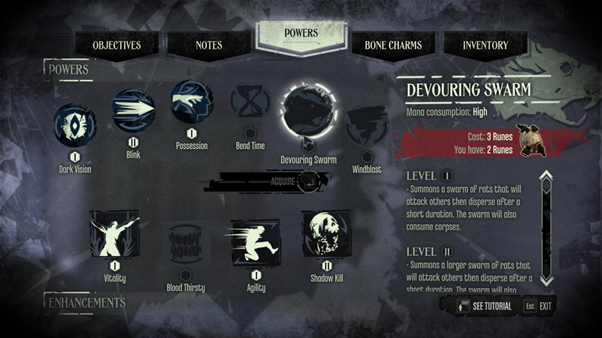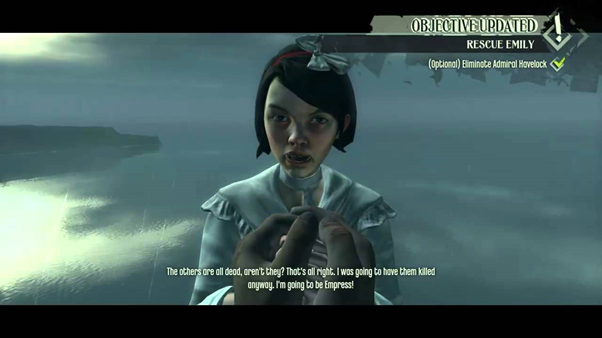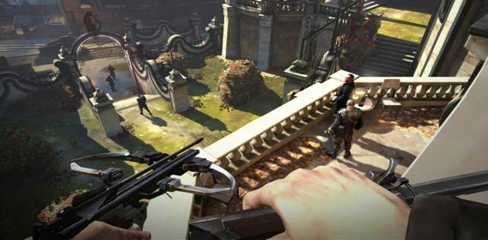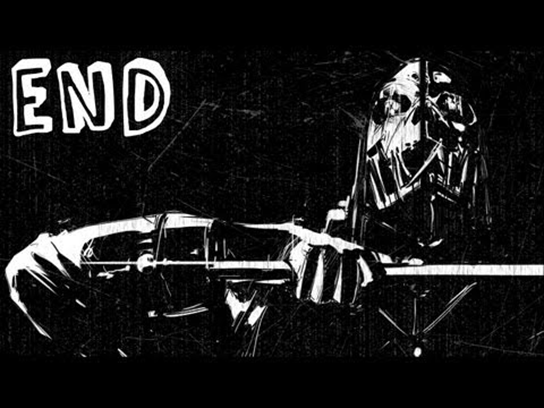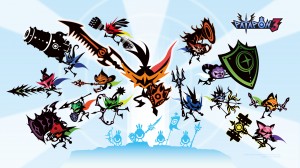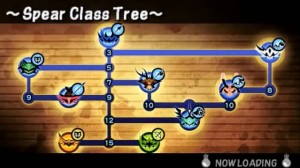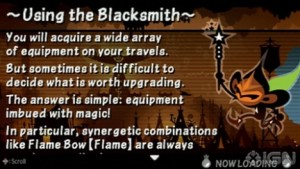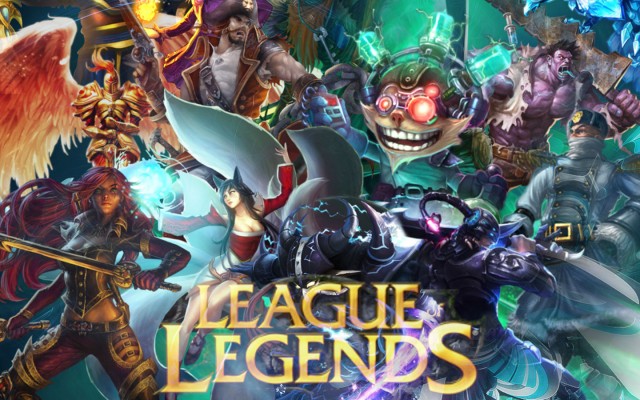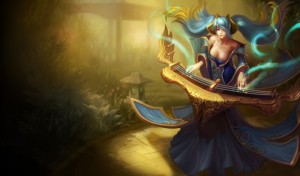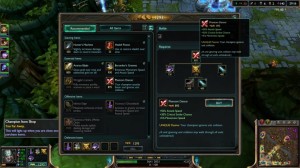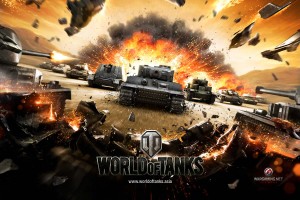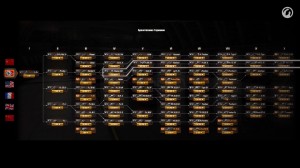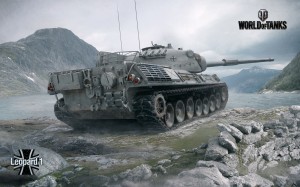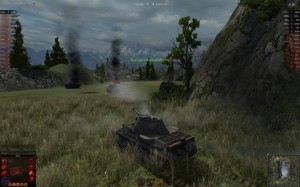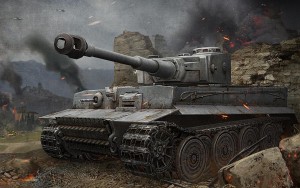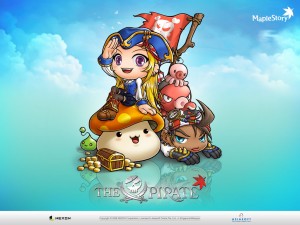Short Description
Left 4 Dead 2 (L4D2) is a survival horror first person shooter where players have to cooperate in order for their characters to stay alive until the end of the round. Set in a zombie apocalypse, you play one of four human survivors who have to fight through hordes of common zombies, known as the Infected (and a few special ones) to the safe houses which also serve as checkpoints. L4D2 has been built upon the Valve’s proprietary Source engine and the game play is controlled by the “A.I. Director 2.0”.
Links
Game’s website: http://www.l4d.com/game.html
Analysis
Lens #7: The Lens of the Elemental Tetrad
Technology: L4D is built on Valve’s proprietary 3D video game engine Source. Source provides developers with tools such as a rendering system, a modelling and animation software, a map creation tool, a physics engine as well as other features.
Mechanics: L4D2 is a cooperative first person shooter where players have to fight through different maps where the key objective is to get all your team members to safety in the safe house in order to escape the zombies that are chasing after you. Along with rifles, guns and grenade launchers to reach zombies at a distance, L4D2 also provides players with melee weapons which are effective for clearing your way through enemies. The two distinctive ways of killing zombies give players the choice of different playing styles or simply allows them to use their weapons as the situation requires.
Story: The game took place after the “Green Flu” pandemic, where most of the human population had been transformed into zombie-like creatures due to the virus infection. In relation to the prequel, the events in L4D2 are set after L4D and the story started with the characters in Georgia. While some of the characters have back stories which are explored through the dialogue, players are kept in the dark about the source of the virus and the events of other parts of the world.
Aesthetics: L4D2 had nice graphics. Most of the game had a daytime setting which lights up and displays the level of detail of the game. The movement of the Infected looked realistic as they run towards the characters. The injuries sustained by the zombies are also in such detail that one could see the exposed internal organs of the zombie. For those who are not fans of graphic violence, there is the realistic flowing water to look out for in the “Swamp Fever” campaign.
Lens #18: The Lens of Flow
L4D2 seems to present the players with a good flow as they constantly communicate with one another and still stayed focused on the game. However, I personally felt that there is no cycle of “tense and release” as mentioned by Schell, as I felt constantly tensed during the game and the only release was after the map when we were shown the leaderboard.
Lens #25: The Lens of Goals
L4D2 has very clear goals to the players. The game requires the players to work towards goals that are pretty instinctive, namely to try to stay alive until the end of the map and eventually, the campaign. Considering the challenge of completing the campaign, it could be rewarding for the player. However, if you are playing in the Versus mode, those playing as human survivors will try to stay alive and the others who are playing as the Special Infected will try their best to kill the human survivors. In this case, the reward would be beating the other team by making more progress on the maps.
Lens #32: The Lens of Meaningful Choices
Besides the various strategies that players can formulate and then choose for themselves, the gameplay offers players a small amount of meaningful choices. For weapons, players have to choose between carrying a pistol which has a longer a range or a melee weapon which is more deadly; a med pack for healing or a defibrillator kit for reviving a dead team member; pipe bombs, Molotov cocktails or the bile bombs which all have some sort of area effect. If players choose to take longer and more difficult routes, they’ll be rewarded with better weapons. Getting to choose the ending would not be a meaningful choice as most players would choose to stay alive throughout the game.
Lens #38: The Lens of Competition vs. Cooperation
L4D2 provides an entertaining mix of gameplay that encourages both competition and cooperation among the players. In the 4 player Campaign mode, cooperation is heavily emphasized as it would be difficult for the players to reach the end of a map or complete tasks if they are playing alone. Players also have to look out for one another as they can heal another team mate with their first aid kit or damage the others with friendly fire. Every team mate (who is still alive) also has to make it into the safe house for the map to be considered complete.
The game allows the players to compete in the form of individual score. At the end of a map, a leaderboard will show all the players of that map which human survivor got the most kills or did the most damage.
The interesting aspect of the competitive gameplay would be how 8 players can play simultaneously in a 4v4 Versus Mode in which 4 players would play as human survivors and the other 4 will play as the Special Infected, zombies with other abilities that make them more dangerous than the Common Infected. In versus mode, players would have to communicate and cooperate with one another better to launch combination attacks (for the Special Infected) and to stay alive (for the human survivors). The team competition in the Versus Mode combines competition and cooperation in the game.

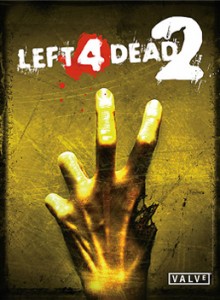

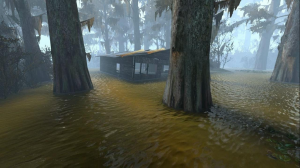
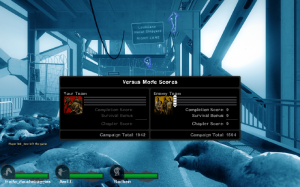
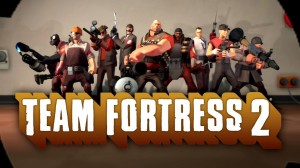



_Gold.png/184px-Big_Game_Hunter(73)_Gold.png)

_Gold.png/184px-Mad_Bomber(80)_Gold.png)



